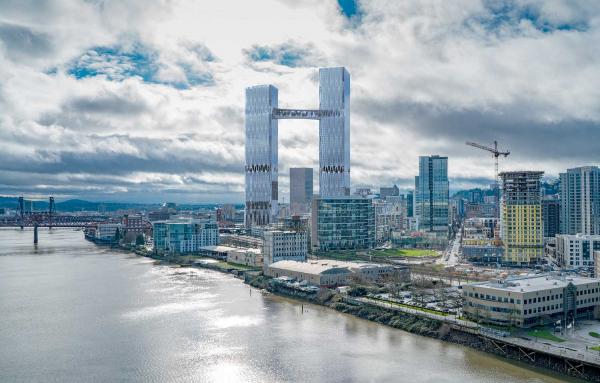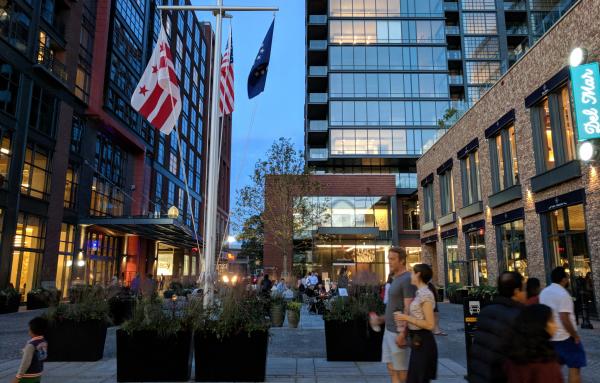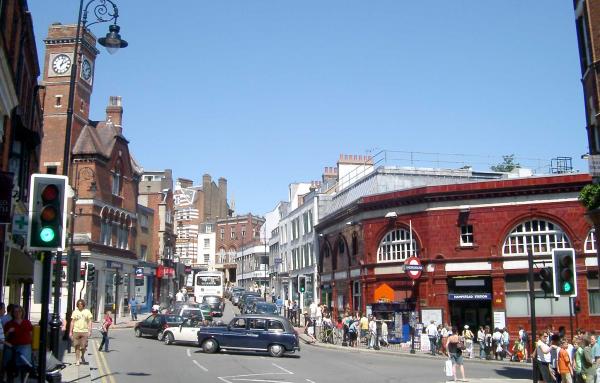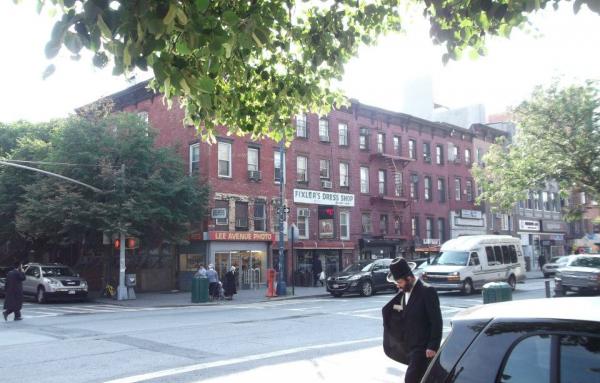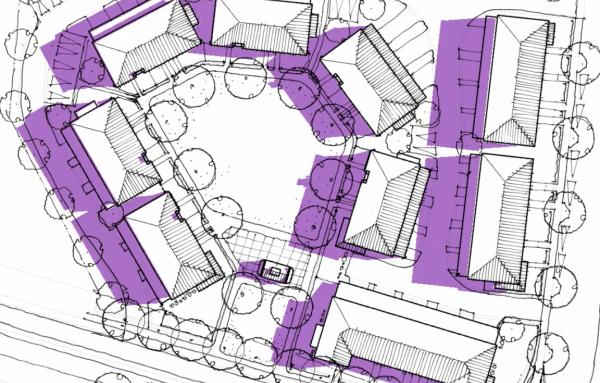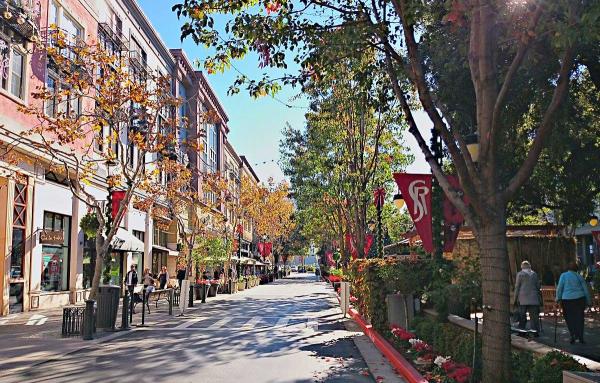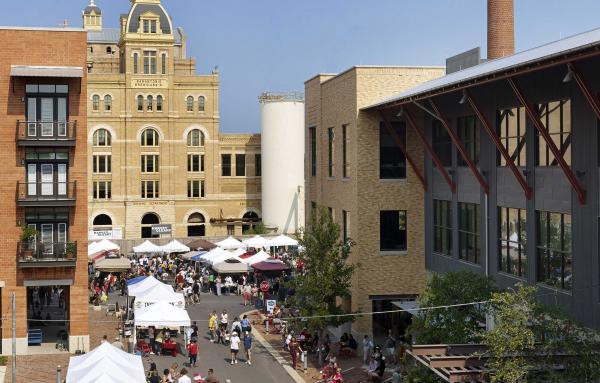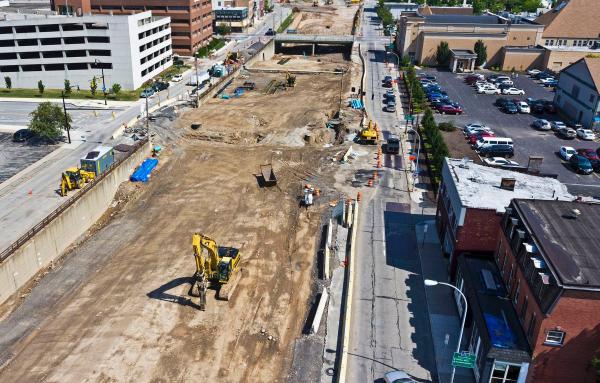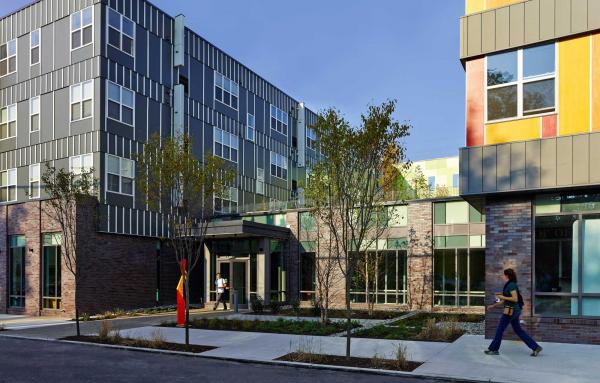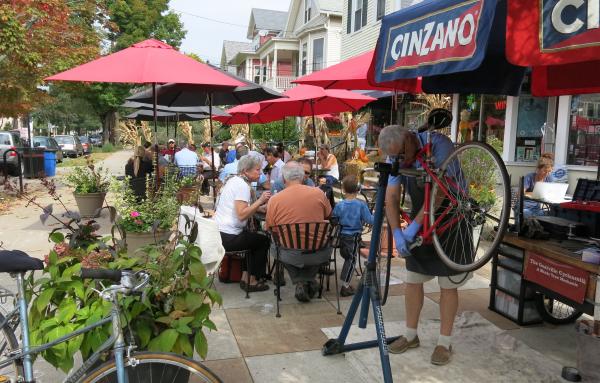Development
I don't often write about skyscrapers, but this proposal includes smart urban design moves.
Parsons Alley activates abandoned properties, creates a popular and lively new public place, and attracts businesses that appeal to young professionals.
The recently opened nine-block development in Southwest DC is the largest expanse of "shared space" in the US.
After all these years, Jacobs's thinking still contrasts starkly with the planning and economic orthodoxy of assembling large sites for master development and subsidizing the likes of Amazon.
Although market urbanists like walkable urbanism, they often focus on issues that are not at the core of New Urbanism.
The options for missing middle housing on a small redevelopment site are many, so here's a process to decide what choices make sense. Part 1.
A well-known new urban project has begun to reshape the relentless sprawl around it, but communities shouldn't wait for that to happen.
Glenwood Park, Atlanta, on a former industrial site, was built to restore confidence that humanity can create wonderful, walkable, loveable places.
At the turn of the millennium, the 26-acre Pearl Brewery in San Antonio was abandoned and desolate—a collection of empty buildings and pavement with only five trees. Now the ambitious Pearl Brewery Redevelopment is an economic and social powerhouse...
The noose around Rochester's downtown has been partly removed, breathing oxygen into the repopulation of the city center.
Once a railway coal siding and more recently a full city block of asphalt surface parking, North Philadelphia’s Paseo Verde now provides affordable, high quality, sustainable housing for a range of income levels.
The former 1.9 acre...
A new book offers an in-depth report on how public officials, citizens, and developers are working together to create walkable and inclusive communities.
